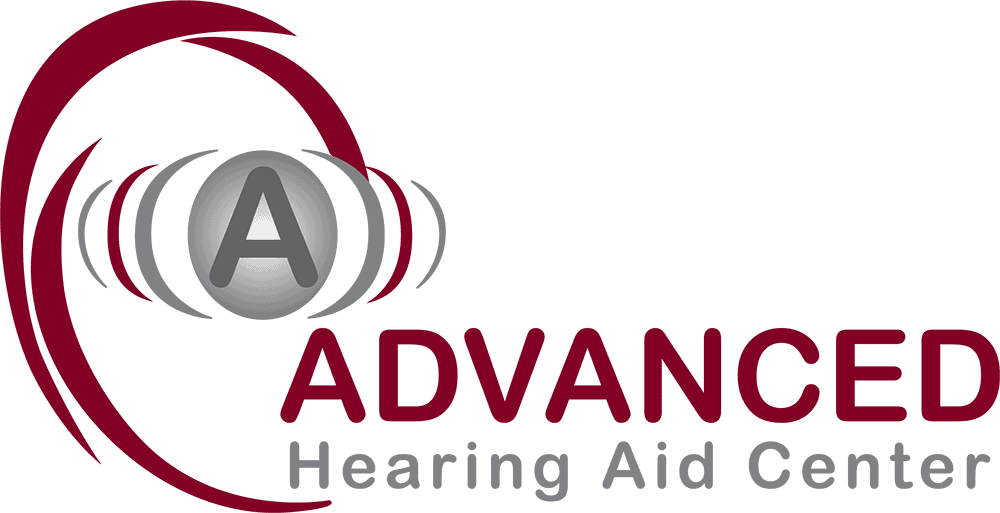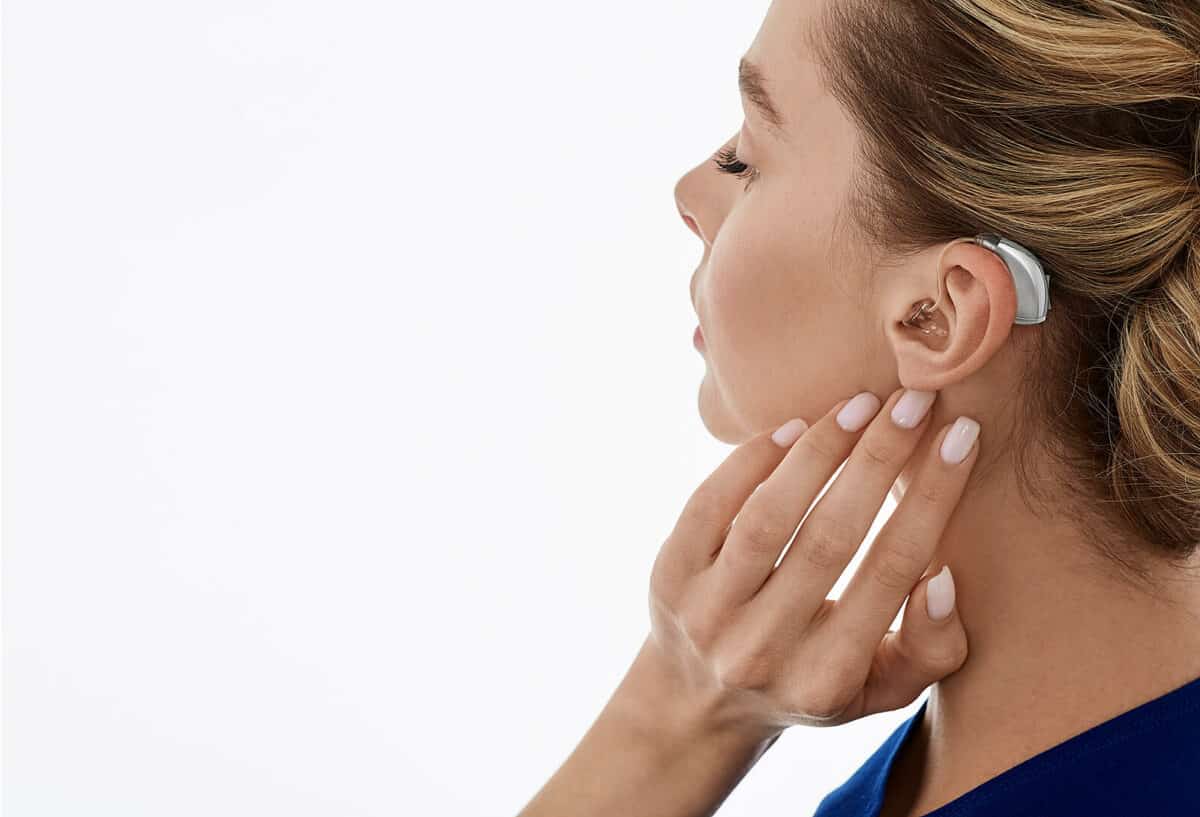Hearing aids are an important investment in your health and wellness. These innovative devices support millions of people with hearing loss. Hearing aids are designed to absorb, amplify, and process speech as well as sound. This alleviates symposium and maximizes one’s hearing capacities. Todays’ hearing aids are savvier, sleeker, and more varied than ever before. There is a wide range of styles, features, and technologies designed to deliver enhanced sound quality, increase connectivity, and create optimal hearing experiences in everyday life.
Our hearing healthcare experts will help you navigate your options to ensure that you select a device that would be best for you. There are a few tips you can practice to help you make the most informed decision when selecting new hearing aids. This includes the following:
- Identify hearing needs. The first step in identifying the best hearing aids for you is establishing your hearing needs. This involves having your hearing health comprehensively evaluated. Hearing tests involve a painless process that measures hearing capacities in both ears. Facilitated by a hearing healthcare specialist, hearing tests identify any hearing loss and the degree of impairment present for each ear. Once your hearing needs are known, your hearing healthcare provider is able to recommend hearing aids that will best meet your specific needs and hearing requirements.
- Learn more about hearing aids. It is also useful to understand the different types of hearing aids that are available to you. The type refers to the specific style of the device which indicates how the hearing aid is worn. This includes:
- Behind The Ear (BTE): BTE devices are among the most common types and likely want your picture when thinking about hearing aids. BTE devices consist of a hard shell case that contains hearing aid components which is worn behind the top of the outer ear. A thin tube connects this portion to a piece worn in the ear.
- In The Ear (ITE): ITE hearing aids are custom made based on an earmold taken from your ears. They are worn in the outer bowl portion of the ear or in the ear canal. Custom options ensure a seamless and comfortable fit.
- Completely In Canal (CIC): this is among the smallest hearing aids available. CIC devices are worn in the ear canal which makes them less visible.
There are a few factors that determine the type of device that will work best for you
including the degree of hearing loss and lifestyle factors. Your hearing healthcare
provider will discuss this with you.
- Determine your budget. Hearing aids can range in price so it is useful to establish your budget. There are also a number of technologies and accessories that increase the price of hearing aids so knowing your budget is a great way to help you filter through your options. It also helps you determine and stick to what you need in a hearing aid. Also, it is helpful to know that while insurance may provide some assistance with some aspects of hearing healthcare (hearing tests, appointments etc.), many still do not offer coverage for hearing aids. Be sure to check-in with your insurance provider to inquire about this.
- Explore hearing aid technologies. There are several technologies that maximize hearing aid performance. It is useful to explore these technologies and determine which you are interested in. This includes:
- Wireless connectivity: using Bluetooth technology, hearing aids are able to connect to audio sources and stream sound directly. This allows that sound to be adjusted in specific ways to meet the wearer’s needs, delivering sharp sound quality and creating a personalized listening experience.
- Tinnitus management: tinnitus is a common hearing loss symptom. This feature is designed to minimize tinnitus by releasing low-levels of white noise which distracts the brain from tinnitus.
- Digital noise reduction: this feature separates background noise from speech and reduces it. This makes it easier to hear speech in environments with background noise.
These features are among many that you may be interested in. Be sure to discuss the
different technologies available to you and prioritize what you could most benefit from.
- Maximize trial period. Many hearing aids offer a trial period which allows you to test the device in your everyday life. Be sure to ask about this and take advantage of this trial period to see what works best for you.
Hearing aids are an incredibly important essential item. Contact us for more tips that can help you navigate your options successfully.

